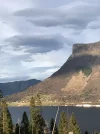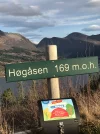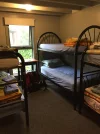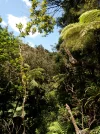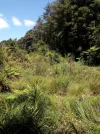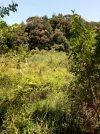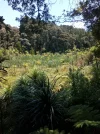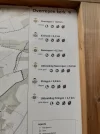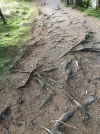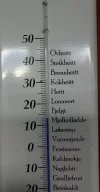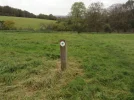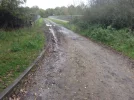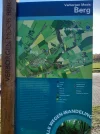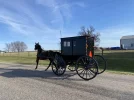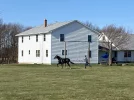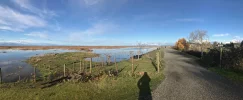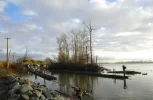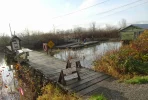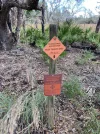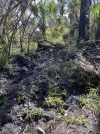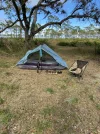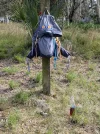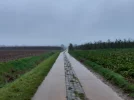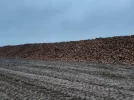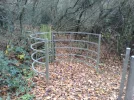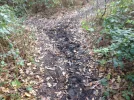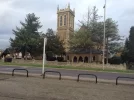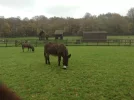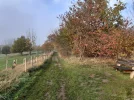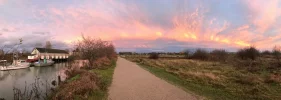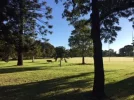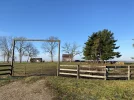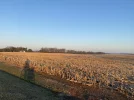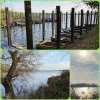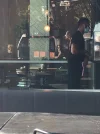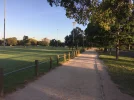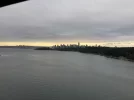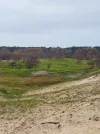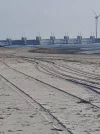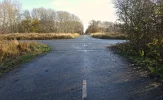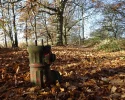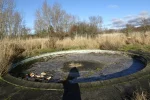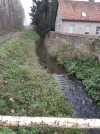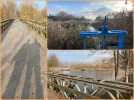@archecotech, kia ora (greetings, good health) and welcome. I see you have been "looking" for about six years and now ...
Your antipodes is likely to be somewhere near Pitcairn Island, deep in the South Pacific Ocean. And I live on a bigger island relatively close to Pitcairn. So my manner of speech might be quite different to yours.
You ask "what kind of distances I should be walking in order to be more prepared for the Camino?"
To start I would "walk" back from that question and say there are several aspects you may care to think about, one of which is what range of daily distances should you prepare for. In no particular order the aspects I would think of include:
Health: This is of both body and mind. For me, training is getting my mind ready to cope when I don't get what I wanted for a given day as well as getting bodily fit. I normally see my doctor a month or so before setting out so I can answer the travel insurance questions properly. And the first thing they do is check my heart and lungs. Kindly they haven't checked my sanity for doing this, yet.
Equipment: Work out what you will need/want to carry. For some this can be no more than a backpack, sleeping bag, a change of clothes, a waterproof jacket and a bottle of water. And, now days, a smart phone to take photos. That is likely to be quite light. Others, like me, take a tent and air mattress, another change of clothes, a tablet with phone, a camera (a point and shoot or even a DSLR) and gadgets to help make it all work in the field. On a few routes you might find services that will take your pack to you next destination. Of the many routes I walk I have found that service on only one: French/Spanish border to Santiago de Compostela (
Camino Frances as it is called). You may come across several references to a maximum weight of 7 kg (15 lb) or 10% of your body weight. These are different ways of getting a walker started. In the end it is what you are comfortable with over many days that will decide this issue for you.
Weight - yours and the equipment: Several members observe that the lighter you are it is easier to carry a slightly heavier pack and contents. The point being, it is the overall weight on you legs and their joints that count the most - an overall lighter (whatever that means for you) is better than a heavier weight. I'm going to stick my chin out here and say, based on comments from members of this forum, a lighter you will get through better. And that combined weight should also be considered. In my experience, overall fitness is the key that can lead to a successful outcome.
Working up - fitness: I still remember with acute embarrassment my first training walk in January 2012. It was mainly downhill on good surfaces for about 4 km and took me over an hour. After a period of recuperation at a café, I caught a bus home, and still needed a rest spell and hot water foot baths as my feet were exceedingly sore. And that was without anything on my back. Shortly after I came across the Body Mass Index (BMI) and found I was well into the obese weight range. The gym was not for me. What was for me was to increase my distance and to keep a training trip log. Beforehand, for my route of the day, I would get a list of waypoints and the distances between them and put them in a worksheet (Excel or similar). These might be a bus stop, trains station, café. I would record my start and stop time for each section, which might include several waypoints. If my stop was for toileting I would adjust my recorded start/stop time. The purpose being to see how my weight reduction was going, was I doing longer distances between significant stops and how my rate of march was changing. As you would imagine, these generally improved and after only three months my statistics were quite respectable. For 2012 I did 33 one-day training trips totalling 837 km (mean 25.4 km) at a mean rate of 4.84 km/h. This year I have so far completed 28 one training trips totalling 721 km (mean 25.8 km) at a mean rate of 5.77 km/h and have done several multi-day "sightseeing" trips which I don't record as formally. My weight took some time to get under control as I didn't want a rushed reduction that might not be sustainable. In the event it took three years with regular training trips and a reduction of intake (but not a change of diet as I had a partner to consider) to achieve my goal.
Working up - equipment: Having done some tramping in my youth I was aware of the types of stuff I might need, but soon found, for all the stuff I wanted to take and purchased from the local shops, it would weigh a ton. I won't elaborate at this time, but I searched for extremely low weight but durable essential gear for me. With everything included (I wanted weight at the start of a day), such as water, snacks, tent etc etc my start pack weight now is about 7.5kg. While my future trips will need a tent, if I was to leave it at home starting weight would be about 0.9 kg less (6.6 kg).
Time to do all this: Without going into the background (read my blog for that) I had four years to prepare. And I needed all of it to test my gear, discard or replace what was unhelpful, get my weight down, get my fitness level up.
Distance range: It slowly dawned on me that a mean trip distance of around 25 km was OK but there would be some days (no accommodation after 25 km, for example) that I might need to do much better. My target was 40 km. My training trip log shows 10 days where I exceeded 35 km and 3 where I exceeded 40 km. When on camino, especially when approaching Compostela, there were a small handful of days around 40 km.
I hope this long answer is helpful. For other points of view you could search the forum. At the top right of this page is the search function. You care to start with a search term of "distance" and refine that as you need.
Finally I say to you kia kaha, kia mā'ia, kia mana'wa'nui (be strong, confident and patient) and get going when you can.








